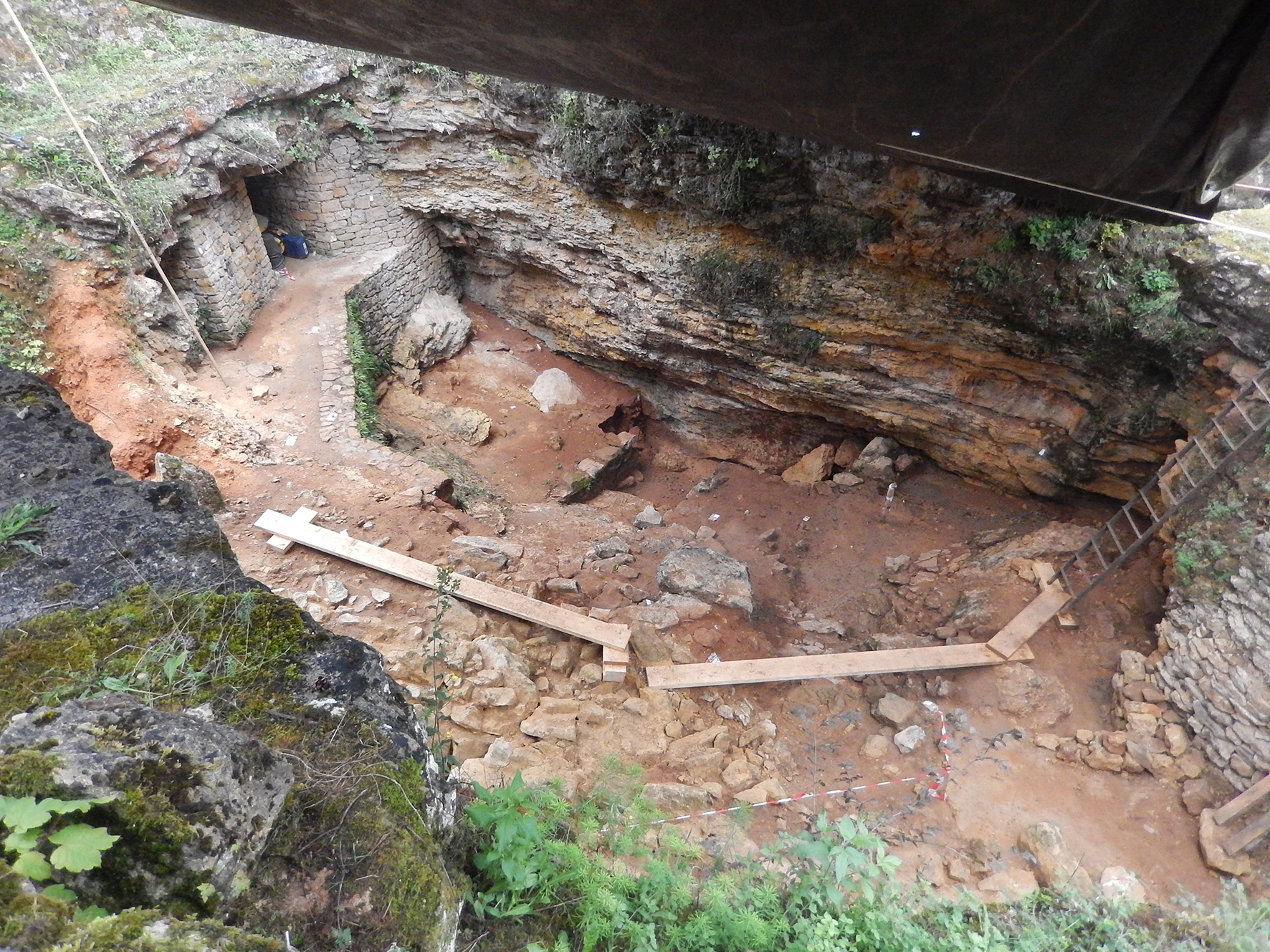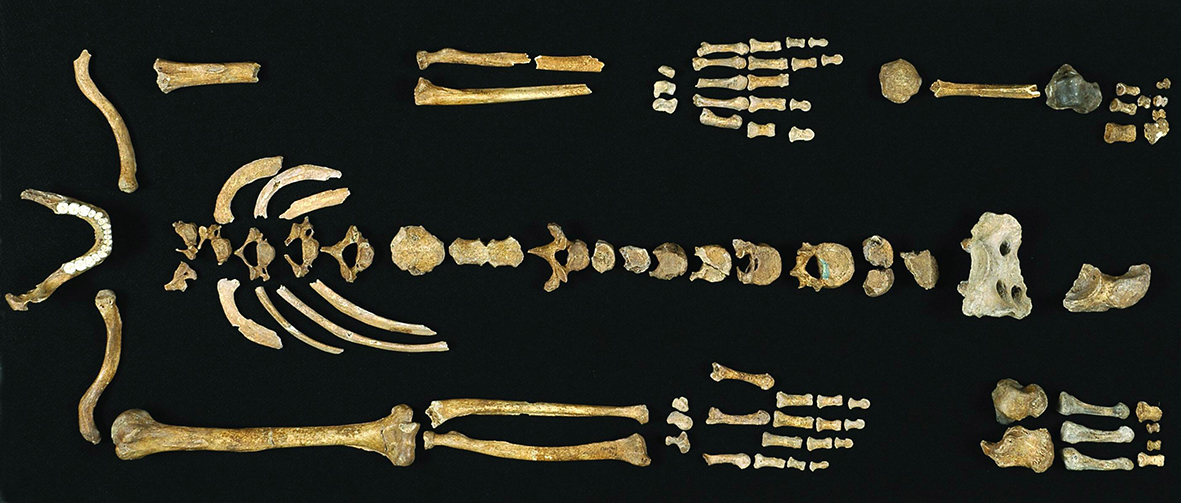ExcursionThe final day (October 7th) will be dedicated to an excursion to the Vallée de l'Homme in the Dordogne region.
The valley of Vézère contains more than 100 Palaeolithic sites and more than 20 decorated caves and has been listed as a World Heritage site since 1979. The Musée National de Préhistoire des Eyzies offers a unique insight into this extraordinary rich prehistoric record.
One of the largest caves in the Périgord region, Rouffignac is a development of about eight kilometres of galleries on three levels with unusually large corridors. During the Magdalenian, prehistoric artists visited Rouffignac. The mammoth is a dominant theme, with 158 of these pachydermata representing in paintings on the walls and roof.
The site of Regourdou is located in the town of Montignac (Dordogne, France), on the left bank of the river Vézère.
View on the west of the Regourdou site. Photo B. Maureille.
In September 1957, Neanderthal remains were found at this location, situated on the top of the hill which opens towards Lascaux cave. This accidental discovery was made by the landowner Roger Constant, and followed by a series of field seasons, directed by Eugène Bonifay, from 1961 to 1964. The site was initially interpreted as a unique Mousterian site with several anthropogenic deposits and an excellent preservation of a human skeleton and the remains of brown bears.
From 2010 onwards, new archaeological investigations have been undertaken, allowing new interpretations to be made and stratigraphically confirming the status of the Regourdou 1 remains as one of the earliest Eurasian Neanderthal remains in such an excellent state of conservation (the finds include a near complete postcranial skeleton but the cranial vault is still missing).
|





